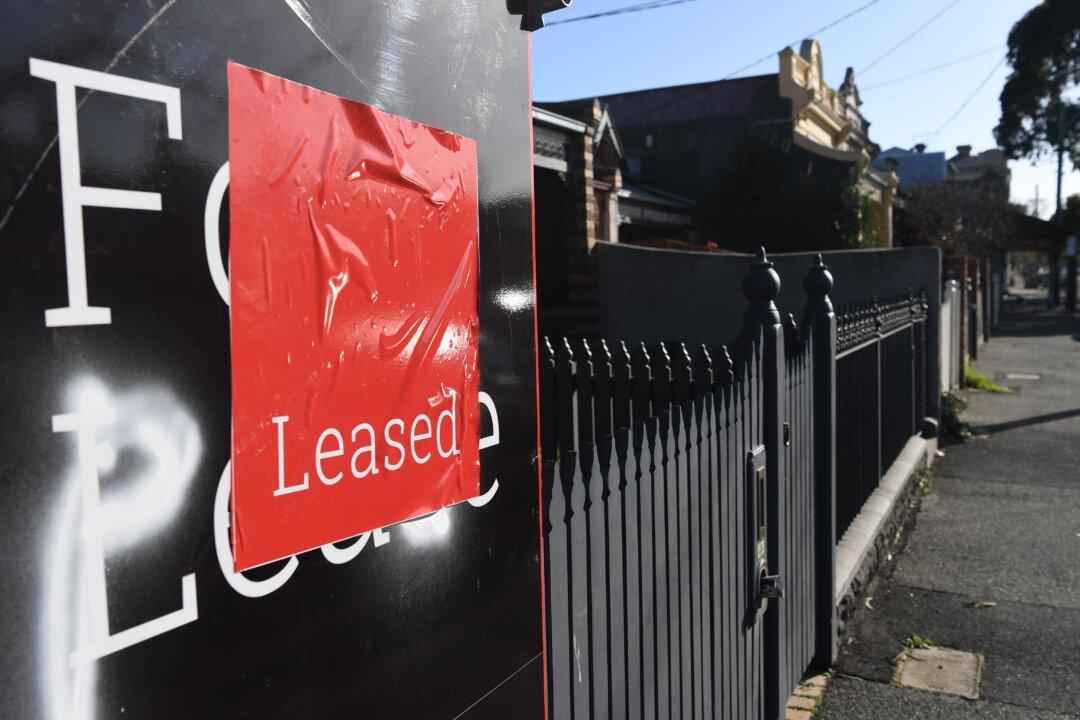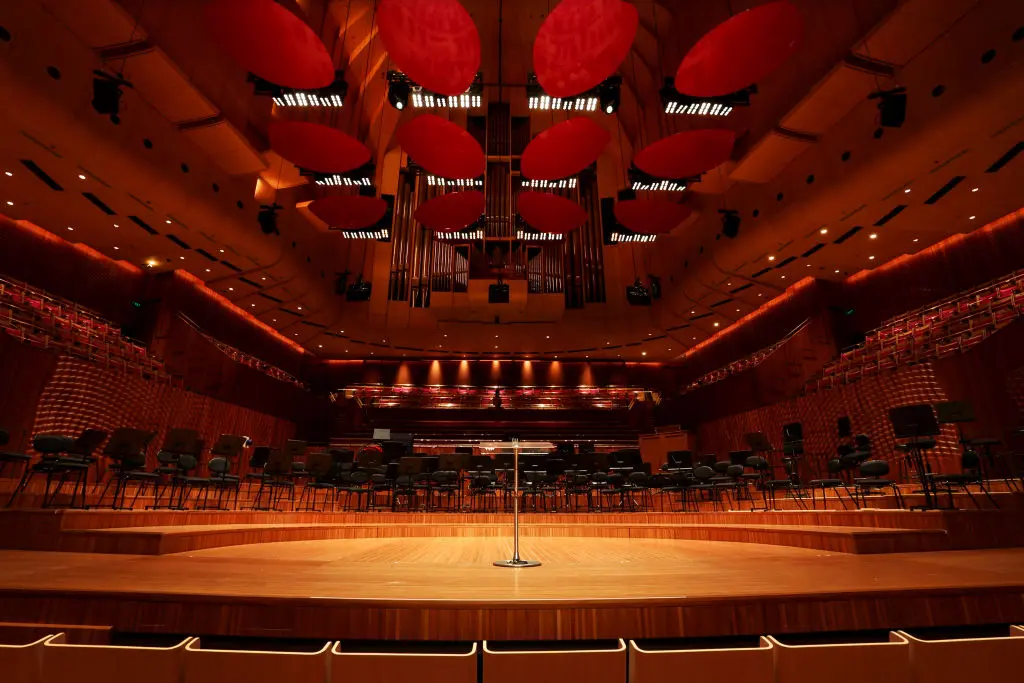The Real Estate Institute of Queensland (REIQ) has criticised a proposal to create a “landlord register” that will tell the public how many properties an owner may have and their place of residence.
The proposal, put forward by Tenants Queensland, argues that such a system would balance out a supposed imbalance of power between landlords and tenants and keep “rogue landlords honest.”





